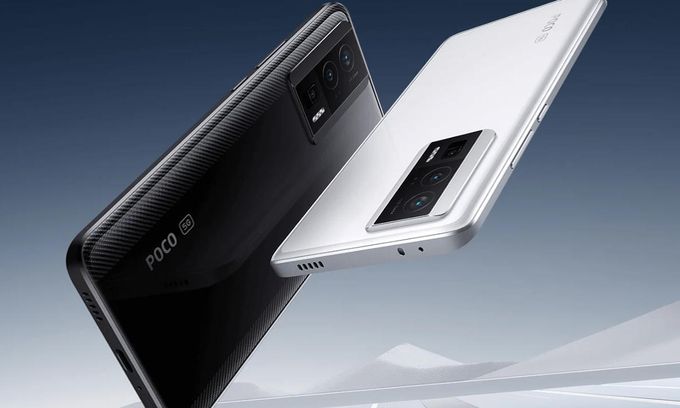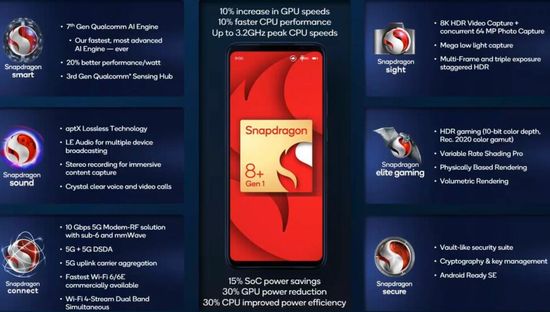Xiaomi has been positioned as one of the innovation leaders in the smartphone segment for several years now. Today, the Chinese giant successfully competes even with Apple and Samsung, expanding its lineup every year. Moreover, superb build quality, high performance, great cameras developed with the participation of specialists from the legendary German Leica, and flicker free screens provide Xiaomi models with a place in the premium segment.
Xiaomi smartphones
The list of the latest popular Xiaomi models includes:
– Xiaomi 13, 13 Pro and announced 13 Ultra (March 2023, ~$ 700/$ 1,200/$ 1,600) – latest Qualcomm Snapdragon 8 Gen 2 chipset with exceptional performance.
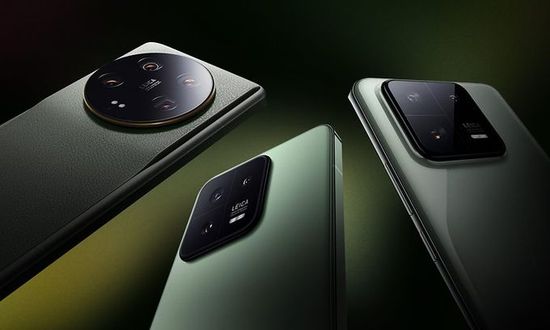
-‘- Poco F5 Pro and Redmi Note 11 Pro 5G – superb value for money;
-‘- 12 and 12Pro – ultra compact model and best all-rounder;
-‘- Black Shark 5 Pro (2022) – superb gaming phone, etc.
Of course, the latest Snapdragon 8 Gen 2-based Xiaomi 13 series and sub-flagship Xiaomi Poco F5 Pro are of the most interest.
For reference, Poco brand was launched as a Xiaomi sub-brand in August 2018. A small team of new subsidiary chose the modest name ‘Poco’, which means ‘a little’ in Spanish. But judging by the results of the first years, the company may change its name to a more ambitious one. Already today, the Poco F5 Pro is quite successfully competing with the most eminent rivals, which, however, is predictable given the superb ‘genes’ of the parent.
In fairness, the comparison of Poco F5 Pro is most correct only with Xiaomi 13, because Xiaomi 13 Pro / Ultra is significantly more expensive and more functional. The prices of this pair are quite close and amount to $ 550 (Poco F5 Pro) vs € 800 (Xiaomi 13) with 256GB storage and 12GB RAM.
The version for the Chinese market is called Redmi K60. Its launch price of just $ 360 for 8/128 GB. But they do not support, for example, Band 7 / 20 (frequencies for smartphone access to LTE networks), and use Chinese firmware. Therefore, their choice is doubtful for users of other regions.
Xiaomi Poco F5 Pro specs
Poco F5 Pro offers:
– Snapdragon 8+ Gen 1 (mid 2022, 4nm process).
– 6,67-inch AMOLED CSOT C6 with 1,400 nits peak brightness, 120Hz, WQHD+(1,440 x 3,200) resolution, ~526 ppi, Gorilla Glass 5, Dolby Vision / HDR10+ support.
The screen provides rich colors, high brightness and clarity, without color distortion even with tilt display. PWM flicker is only 18% at 50% brightness. For reference, ophthalmologists consider less than 20% to be absolutely harmless;
– memory – 8/128GB and 12/512GB.
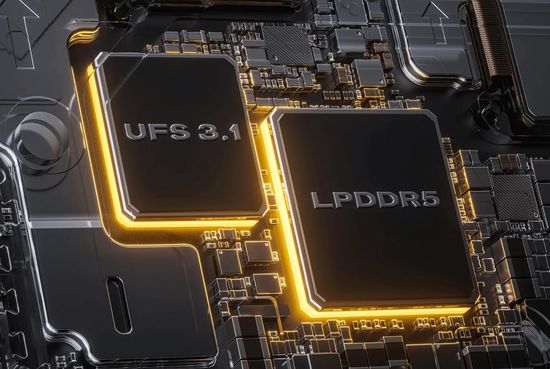
– Adreno 730;
– Wi-Fi 6, Bluetooth 5.3, IR, GPS, GLONASS, BDS, GALILEO, QZSS, navigation;
– Xiaomi MIUI 14 (Android 13) OS;
– 5160mAh battery with 30W (wireless) and 67W charging;
– LiquidCool 2.0 technology (super big VC + multi-layer graphite sheets).
Its cooling area with stainless steel vapor chamber reaches 5,000mm². The surface area of graphite in a multi-layer design is 6,933mm².
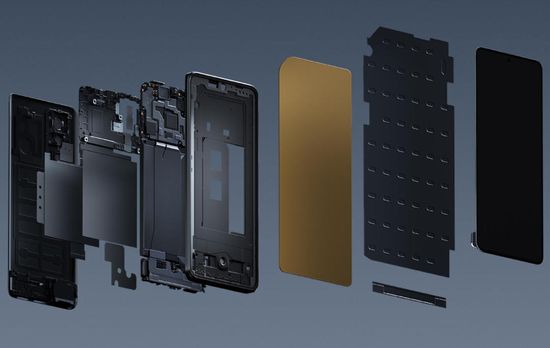
As a result, Snapdragon 8+ Gen 1 does not heat up and works with almost no throttling even in fairly complex games. For example, testing in Genshin Impact shows a stable 60 fps with case temperatures up to 40-44°C after 30 minutes of play. In fairness, in the future, these problems begin to appear. But this is a great result for a mid-budget non-gamer model;
– triple-camera module (dual-LED dual-tone flash, HDR, panorama).
It includes:
– 64 MP, f/1.8, (wide), 1/2″, 0.7µm, PDAF, OIS;
– 8 MP, f/2.2, 120˚ (ultrawide), 1/4″, 1.12µm;
– 2 MP, f/2.4 (macro).
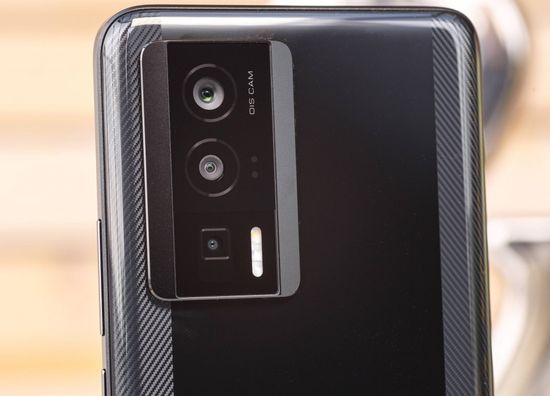
– video – 8K@24fps, 4K@30/60fps, 1080p@30/60/120/240fps, gyro-EIS;
– selfie (HDR)- single 16 MP, f/2.5 (wide), 1/3.06″, 1.0µm (1080p@30/60fps video).
Xiaomi 13 specs
Unlike the black or white Poco F5 Pro, the Xiaomi 13 is available in 4 primary and 5 optional colors.
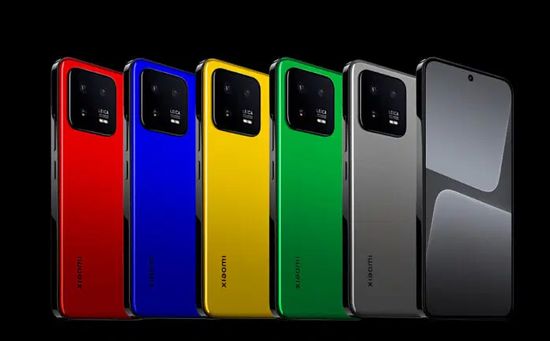
Specs
– 6,36-inch OLED E6 matrix from Samsung with 1,900 nits peak brightness, 120Hz, FHD+ (1,080 x 2,400) resolution, 414 ppi, Gorilla Glass Victus, Dolby Vision / HDR10+ support.
Unfortunately, the screen does not use LTPO (Low-Temperature Polycrystalline Oxide) technology, which reduces power consumption by dynamically controlling the refresh rate;
– Snapdragon 8 Gen 2 (4nm process);
– memory – 8/128 GB or 256 GB, and 12/256 GB or 512 GB (price difference between neighboring options ~$50).
The Xiaomi 13 uses fast memory, including the fastest LPDDR5X RAM (up to 8,533Gbps), UFS 3.1 spec for 128GB / 256GB versions, and UFS 4.0 version for 512GB storage. As known, UFS 3.1 supports r/w 2100 MB/s and 1200 MB/s vs 4200 MB/s and 2800 MB/s for UFS 4.0;
– 5G, LTE-A, Wi-Fi 6E, IR, Bluetooth 5.3, GPS, GLONASS, BDS, GALILEO, QZSS, NavIC navigation;
– Xiaomi MIUI 14 (Android 13) OS;
– 4500mAh battery with wire charging (67W, up to 100% in 40 min + Quick Charge 4.0 and PD3.0 technologies), wireless (50W, up to 100% in 50 min), reversible (10W);
– triple-camera module (Leica lens, Dual-LED dual-tone flash, HDR, panorama), including:
– 50.3 MP, f/1.9, 23mm (wide), 1.0″-type, 1.6µm, Dual Pixel PDAF, Laser AF, OIS;
– 50 MP, f/2.0, 75mm (telephoto), PDAF (10cm – ∞), 3.2x optical zoom;
– 50 MP, f/2.2, 14mm, 115˚ (ultrawide), AF;
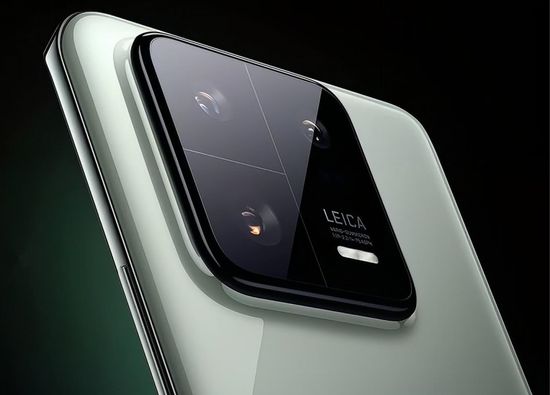
– selfie (HDR, panorama)- single 32 MP, wide (video – 1080p@30fps).
The model supports video recording up to 8K with gyro-EIS (Electronic Image Stabilization):
– 8K@24fps (HDR);
– 4K@24/30/60fps (HDR10+, 10-bit Dolby Vision HDR, 10-bit LOG);
– 1080p@30/120/240/960fps;
– 1080p@1920fps.
Poco F5 Pro vs Xiaomi 13
Differences:
– price (512GB storage / 12GB RAM) ~ $ 675 vs $ 1,300 / € 1,270 / £ 1,100;
– 6.67″ WQHD+ Flow AMOLED screen with (1,440 x 3,200) resolution, ~526 ppi vs 6.36″ FHD+ (1,080 x 2,400) resolution, ~414 ppi;
– 8GB / 128GB and 12GB / 512GB vs 8GB / 128GB or 256GB, and 12GB /256 GB or 512GB;
– 5160 mAh vs 4500 mAh battery;
– Qualcomm Snapdragon 8+ Gen1 vs 8 Gen2 (1x 3.2GHz Cortex-X2 +3x 2.8GHz Cortex-A710 + 4x 2.0GHz Cortex-A510 vs 1x 3.2GHz Cortex-X3 + 4x 2.8GHz Cortex-A715 + 3x 2.02GHz Cortex-A510).
Introduced on November 15, 2022 Snapdragon 8 Gen 2 has a traditional underlying Kryo CPU octa-core architecture. But new SoC version uses many improvements in AI /image processing, gaming, connectivity and power efficiency.
This list includes ‘Cognitive ISP’, ray tracing in games, dedicated Hexagon Processor, upscaling the 32-bit processes to 4-bit without prejudice to quality, upgraded always-on Sensing Hub, dynamic spatial audio option, etc.
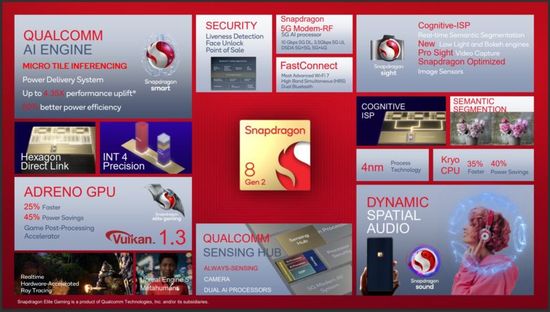
– 64MP vs 50MP main camera;
– GPU – Qualcomm Adreno 730 (875 MHz) vs Qualcomm Adreno 740;
– RAM – LPDDR5 vs LPDDR5X.
Unlike LPDDR5 with 8 Gigabit chips, LPDDR5X is manufactured on a 14 nm process with 16 Gigabit chips, which increases the phone RAM;
– ROM – UFS3.1 vs UFS3.1 or UFS4.0;
– Antutu (v9) – 1.113.713 vs 1.255.000;
– Gorilla Glass 5 vs Gorilla Glass Victus.
The protective glass developers claimed that Gorilla Glass Victus can withstand a drop from a height of 2 meters, which is 0.4 meters higher vs Gorilla Glass 6 and 0.8 meters higher vs Gorilla Glass 5.
Key Features
Poco F5 Pro
The 5160 mAh battery, energy efficient screen and processor provide up to 7-8 hours of screen operation. Compared to similarly priced options, it outperforms almost every current model on the market. In practice, the smartphone works up to 2 days without recharging in standard mode. Wired 67W charging lasts less than 50 minutes. Wireless 30W charging is an added bonus in this price segment.
Unfortunately, the Poco F5 Pro is not a camera phone. Its detail, viewing angle and dynamic range are inferior to many competitors, including OnePlus Ace, Realme GT Neo 3, etc.
Pros
– large bright hi-res display;
– superb battery life and 30W wireless charging.
Cons
– decreased camera performance in low light;
– thermal throttling at prolonged loads.
Xiaomi 13
The image quality of the main camera is similar to the iPhone 14, but the colors are slightly more vibrant.

Night, telephoto, and video quality are similar to the Google Pixel 7 or iPhone 14.
Throttling test showed significant drawdowns with a total result of up to 90% and an overheat notification. In real tests, its gaming performance drops after about 30 minutes at max settings.
Pros
– powerful Snapdragon 8 Gen 2 processor;
– Samsung’s 120 Hz OLED screen with 1900 nits peak brightness;
– 4+5 colors;
– many memory options, including ultra fast LPDDR5X and UFS4.0;
– superb stereo sound;
– 67W and powerful 50W wireless charging.
Cons
– only FHD+ resolution;
– no switching between lenses during shooting;
– screen without LTPO (30-35% PWM flicker for 50% brightness);
– significant throttling in some games with max settings (throttling – skipping cycles to protect the processor from overheating).
Conclusion
Xiaomi Poco F5 Pro harmoniously complements Xiaomi 13 series with new Qualcomm Snapdragon 8 Gen 2 mobile platform. Its price, specs and functionality is close to the cheapest Xiaomi 13 in the flagship series. The Poco F5 Pro is cheaper ($550 vs €800, 256GB storage and 12GB RAM), offers a better screen (6.67″ WQHD+ Flow AMOLED, ~526 ppi vs 6.36″ FHD+, ~414 ppi) and a more capacious battery (5160 mAh vs 4500 mAh ). Xiaomi 13 uses a more powerful Qualcomm Snapdragon 8 Gen2, faster memory (ultra fast LPDDR5X and UFS4.0 vs LPDDR5 and UFS3.1), more powerful wireless charging (50W vs 30W).
In fact, the new Snapdragon 8 Gen2 is its main bonus. Of course, the company is announcing a long list of its pros vs the previous 8+ Gen1, including improved ‘Cognitive ISP’, ray tracing, dedicated Hexagon Processor, Sensing Hub, dynamic spatial audio option, etc. But the assessment of their real popularity and, accordingly, consumer value, is impossible today.
Anyway, Snapdragon 8 Gen 2-based Xiaomi 13 series has already pioneered a new mobile platform and has excellent marketing prospects. However, they are also cloudless for the sub-flagship Poco F5 Pro with superb value for money. In fact, it offers screen, performance, battery and its charging and image quality of a premium level at a mid-budget segment price.
This video introduces the latest Xiaomi Poco F5 Pro.
